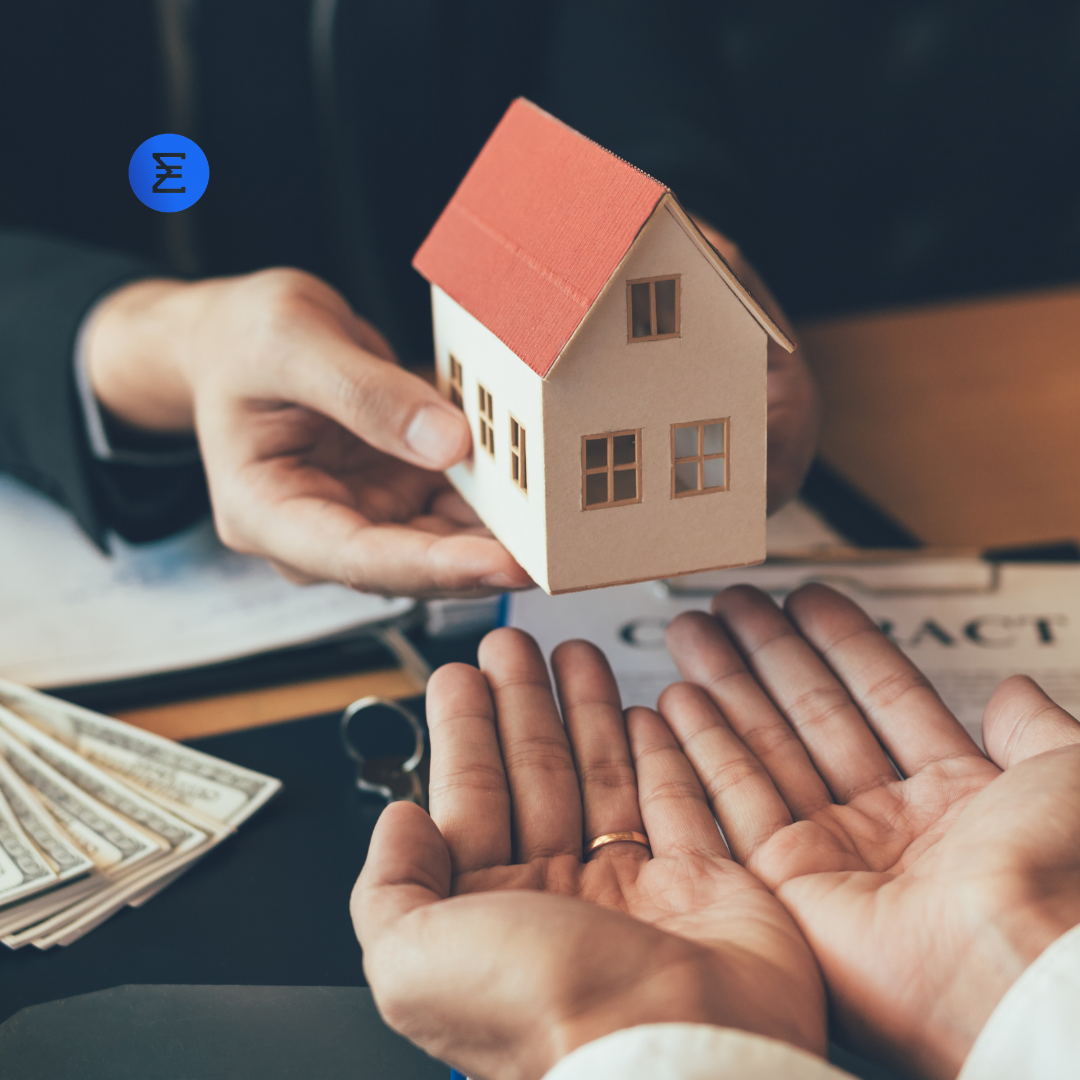Real-world asset tokenization is revolutionising the way we perceive and manage ownership.
By leveraging blockchain technology, tokenization transforms tangible assets into digital tokens, offering numerous benefits including increased liquidity, transparency, and accessibility.
This article explores how tokenization is changing the concept of ownership, the implications for property rights and transfers, and long-term predictions for tokenized ownership models.
How Tokenization is Changing the Concept of Ownership
Understanding Real-World Asset Tokenization
Real-world asset tokenization refers to the process of converting physical assets such as real estate, commodities, or artwork into digital tokens on a blockchain.
These tokens represent fractional ownership of the asset, making it possible for multiple investors to own a share of the asset without physically possessing it.
This democratization of asset ownership allows for broader participation in investment opportunities that were traditionally reserved for wealthy individuals or institutional investors.
The Role of Blockchain in Tokenization
Blockchain technology underpins the process of tokenization.
It provides a decentralised, immutable ledger that records ownership and transactions. This ensures transparency, security, and trust among all parties involved.
By using e-money tokens and other blockchain-based digital currencies, transactions can be conducted efficiently and securely, reducing the need for intermediaries and lowering transaction costs.
Increased Liquidity and Market Access
One of the most significant changes brought about by tokenization is increased liquidity. Traditionally, assets like real estate or fine art are illiquid, meaning they cannot be easily bought or sold.
Tokenization divides these assets into smaller, tradable units, making it easier to buy, sell, or trade portions of them.
This increased liquidity can attract a wider range of investors, including those who may not have the capital to invest in the entire asset.
Implications for Property Rights and Transfers
Simplified and Secure Transactions
Tokenization simplifies the process of transferring ownership. Traditionally, transferring property rights involves a complex and time-consuming process with numerous intermediaries.
With blockchain, ownership transfers can be executed quickly and securely, with all transaction details recorded on the distributed ledger.
This reduces the risk of fraud and ensures the transaction history is transparent and immutable.
Legal and Regulatory Considerations
While the benefits of tokenization are clear, there are legal and regulatory challenges that must be addressed.
The regulatory landscape for tokenized assets is still evolving, with different jurisdictions adopting various approaches to regulation.
Ensuring compliance with local laws and regulations is crucial for the widespread adoption of tokenization.
Regulated blockchains and MiCA compliant platforms (Markets in Crypto-Assets Regulation) are essential for navigating these regulatory complexities.
Enhanced Property Rights Management
Tokenization can enhance property rights management by providing a clear and transparent record of ownership. Smart contracts, which are self-executing contracts with the terms directly written into code, can automate and enforce the terms of ownership and transfers.
This reduces the need for legal intermediaries and minimises the risk of disputes.
Additionally, zk proof (zero-knowledge proof) blockchain technology can further enhance privacy and security by allowing ownership to be verified without revealing sensitive information.
Long-Term Predictions for Tokenized Ownership Models
The Rise of RWA Layer 1 Blockchain
RWA (Real World Asset) layer 1 blockchains are expected to play a significant role in the future of tokenized ownership.
These blockchains are specifically designed to handle the complexities of real-world assets, providing a robust and scalable infrastructure for tokenization.
As these platforms continue evolving, we expect to see increased adoption and innovation in the tokenization space.
Integration with Traditional Financial Systems
As tokenization becomes more mainstream, we will likely see greater integration with traditional financial systems. This includes collaboration between blockchain platforms and traditional financial institutions, such as banks and asset management firms.
Such integration can provide a seamless bridge between the old and new financial systems, making it easier for investors to access and manage tokenized assets.
Expansion of Tokenization Beyond Traditional Assets
While real estate and commodities are currently the most commonly tokenized assets, the scope of tokenization is expected to expand to include a broader range of assets. This could include intellectual property, carbon credits, and even human capital.
The possibilities are vast, and as technology advances, the range of tokenizable assets will continue to grow.
The Role of RWA Launchpads
RWA launchpads are platforms that facilitate the creation and issuance of tokenized assets. These launchpads provide the necessary infrastructure, tools, and regulatory compliance to help asset owners tokenize their assets and offer them to investors.
As the demand for tokenized assets grows, the role of RWA launchpads will become increasingly important in driving adoption and innovation.
Conclusion
Real-world asset tokenization is poised to transform the concept of ownership, offering numerous benefits, including increased liquidity, simplified transactions, and enhanced property rights management.
By leveraging blockchain technology, tokenization democratises access to investment opportunities and paves the way for a more inclusive and efficient financial system.
While there are regulatory and legal challenges to overcome, the future of tokenized ownership models looks promising, with continued innovation and integration with traditional financial systems expected.
How E Money Network Can Help You with Real-World Asset Tokenization
E Money Network offers a comprehensive suite of services to facilitate real-world asset tokenization. By leveraging advanced blockchain technology, including zk proof and regulated blockchains, E Money Network ensures secure, transparent, and compliant tokenization processes. Whether you are looking to tokenize real estate, commodities, or other assets, E Money Network provides the necessary tools and expertise to help you navigate the complexities of asset tokenization and unlock new investment opportunities.
FAQs
What is real-world asset tokenization?
Real-world asset tokenization is the process of converting physical assets into digital tokens on a blockchain, allowing for fractional ownership and increased liquidity.
How does blockchain facilitate asset tokenization?
Blockchain provides a decentralised, immutable ledger that records ownership and transactions, ensuring transparency, security, and efficiency in the tokenization process.
What are the benefits of tokenizing assets?
Tokenization increases liquidity, simplifies transactions, enhances property rights management, and democratizes access to investment opportunities.
What are the regulatory challenges in asset tokenization?
The regulatory landscape for tokenized assets is still evolving, with different jurisdictions adopting various approaches. Ensuring compliance with local laws and regulations is crucial for widespread adoption.
What is the future of tokenized ownership models?
The future of tokenized ownership models includes the rise of RWA layer 1 blockchains, integration with traditional financial systems, expansion of tokenization beyond traditional assets, and the growing importance of RWA launchpads.



